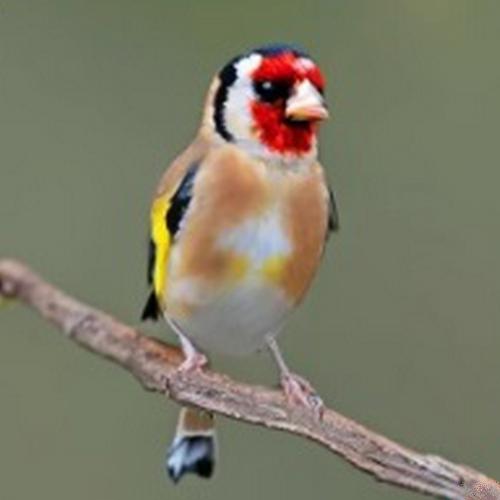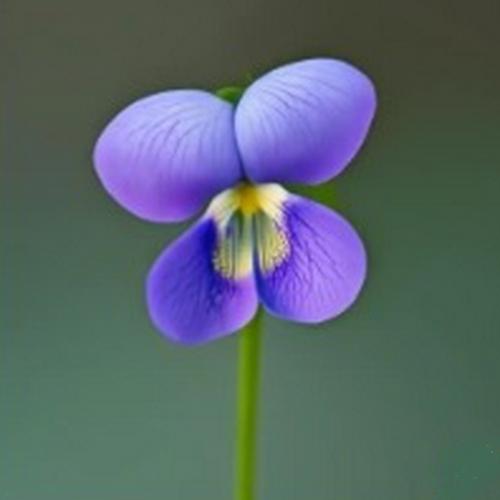The American Goldfinch is a small songbird, measuring about 4.5 to 5 inches in length. It has a distinctive, cone-shaped bill that is perfectly adapted for its seed-eating diet. The male goldfinch is a sight to behold, especially during the breeding season. Its plumage is bright yellow, with contrasting black wings and a black cap on its head. In winter, the male's plumage becomes more subdued, with a mix of olive and dull yellow feathers. The female goldfinch, on the other hand, has a more muted coloration throughout the year, with a blend of olive and dull yellow feathers. Both males and females have white patches on their wings, which are particularly visible during flight.
The American Goldfinch undergoes a molt twice a year, once in late winter or early spring, and again in late summer. During the molting process, the male goldfinch sheds its bright breeding plumage and grows new feathers. This molt allows the bird to adapt to changing seasons and camouflage itself against its surroundings. The female goldfinch, however, retains her less vibrant plumage throughout the year.
The American Goldfinch undergoes a molt twice a year, once in late winter or early spring, and again in late summer. During the molting process, the male goldfinch sheds its bright breeding plumage and grows new feathers. This molt allows the bird to adapt to changing seasons and camouflage itself against its surroundings. The female goldfinch, however, retains her less vibrant plumage throughout the year.




